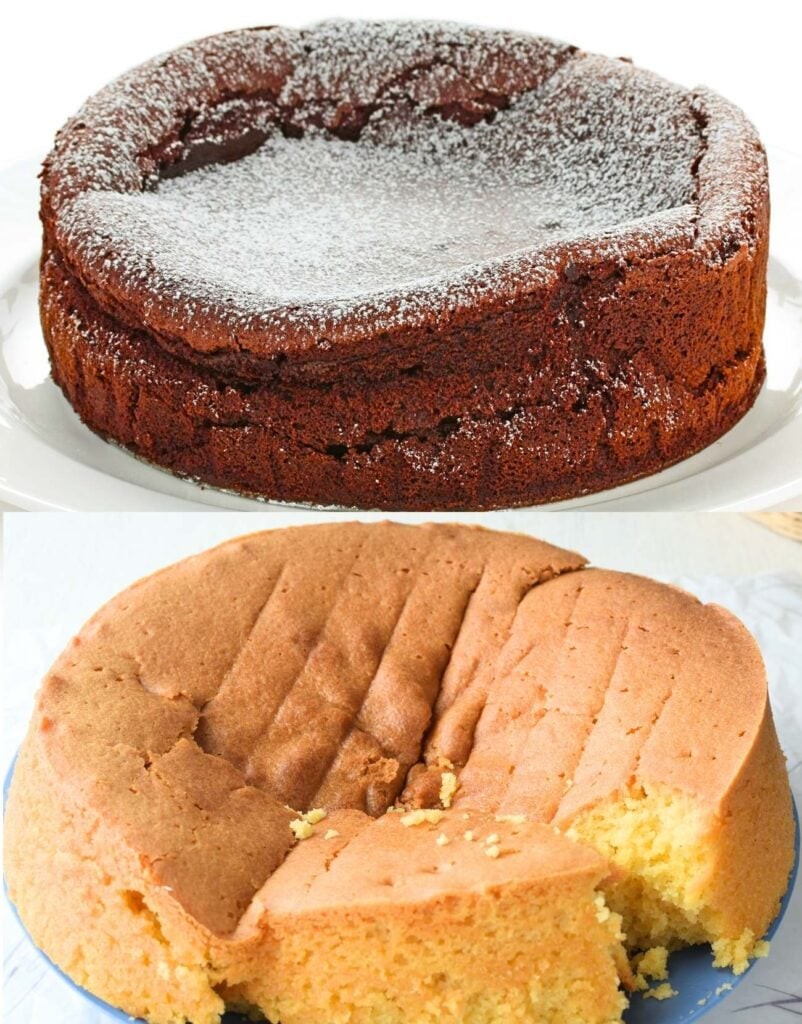A sunken cake can be a baker’s worst nightmare. Understanding why cakes dip in the middle is crucial for achieving that perfect, level rise. Several factors can contribute to this baking mishap, ranging from ingredient ratios to oven temperature. Let’s explore the common culprits and how to avoid them.
Incorrect Ingredient Ratios: The Foundation of a Stable Cake
Baking is a science, and precise measurements are key. Too much liquid or fat weakens the cake’s structure, making it prone to sinking. Using a kitchen scale instead of cup measurements ensures accuracy, especially when adapting recipes from different regions. While cup measurements can work, a scale provides consistency for optimal results.
Cake Tin Size: Choosing the Right Fit for Your Batter
Using a cake tin that’s too small for the recipe can lead to a sunken center. Overfilling a tin creates excessive weight, causing the cake to collapse during baking. This is particularly true for delicate cake recipes. Always adhere to the recommended tin size or adjust the recipe accordingly. Consider the batter height in the original recipe as a guide when using different tin sizes.
Undermixing: Ensuring Proper Ingredient Incorporation
Undermixing, especially when adding dry ingredients, prevents proper gluten development. This results in a weak structure unable to support the cake’s weight, leading to a sunken middle. Make sure all ingredients are fully combined for a uniform batter and optimal rise.
Overmixing: The Pitfalls of Excessive Creaming
While undermixing is detrimental, overmixing, particularly during the creaming stage, can also cause sinking. Over-creaming butter and sugar incorporates too much air, creating a fragile structure that collapses during baking. Cream until light and fluffy, typically no more than three minutes, at a medium to medium-high speed. Avoid incorporating excessive air for a stable cake structure.
Premature Oven Opening: The Importance of Patience
Opening the oven door too early disrupts the delicate baking process. The sudden temperature drop can cause the cake to stop rising and prematurely set, resulting in a sunken center. Resist the urge to peek until at least three-quarters of the baking time has elapsed.
Oven Temperature: Providing the Right Baking Environment
A too-cold oven hinders proper leavening and can lead to a dense, sunken cake. Low temperatures slow down air bubble formation and prolong baking time, increasing the risk of a collapse. Use an oven thermometer to ensure accuracy and adjust baking times based on whether the recipe uses a conventional or convection oven. Convection ovens typically require lower temperatures or shorter baking times.
Conclusion: Mastering the Art of Baking
Baking a perfect cake requires attention to detail. By understanding the common causes of a sunken middle and following these tips, you can troubleshoot your baking process and achieve consistently delicious results. Don’t be discouraged by setbacks; practice and patience are key to mastering the art of baking.

